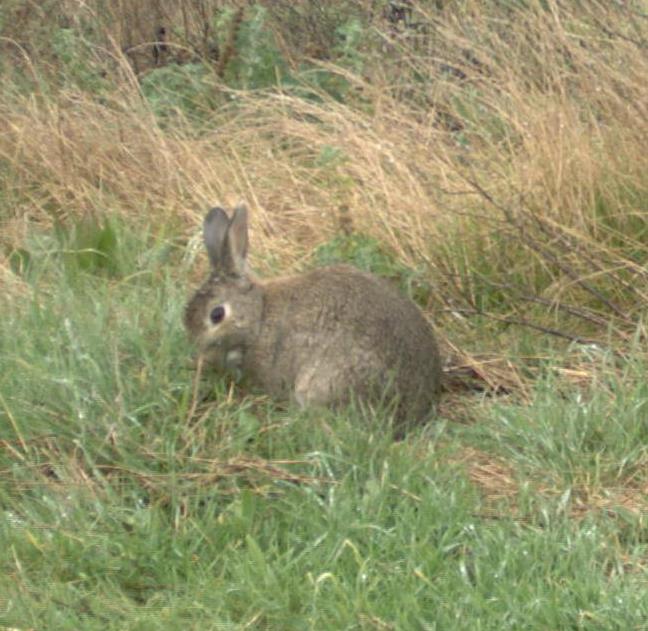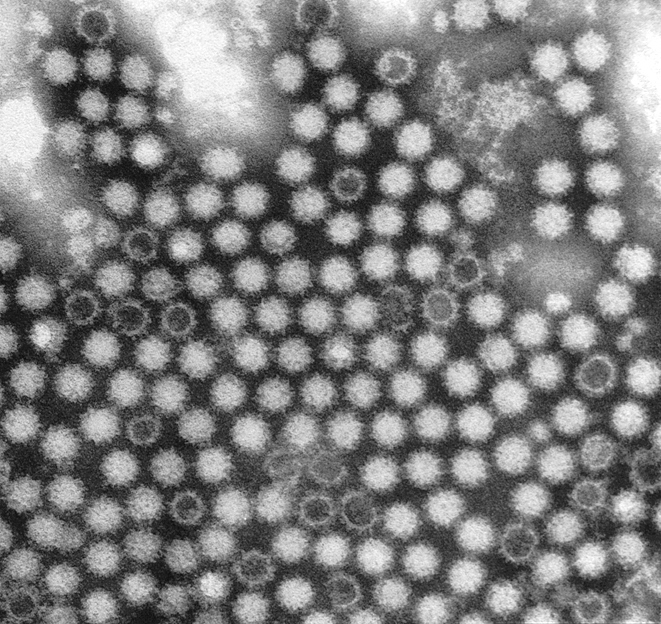Feral rabbits cause an estimated $200M worth of damage to agricultural crops per year in Australia, via overgrazing and soil disturbance. In addition, rabbits can threaten native species through competition for resources and by causing habitat degradation. Biological control, using Rabbit Haemorrhagic Disease Virus (RHDV), is an important option for reducing rabbit numbers. However, there is evidence that RHDV has become a less effective control method, which may be contributing to an increase in rabbit numbers in recent years. Understanding changes in the ability of RHDV to spread among rabbit populations will therefore be critical for understanding its effectiveness as a biological control agent.
Monitoring the spread of RHDV in the field is difficult and labour intensive, with many samples needed for an accurate assessment of virus spread. However, novel methods in molecular technology may provide insight into factors affecting the spread of RHDV through the analysis of the geographic patterns of mutation of the virus over time. Factors influencing how well the virus works can also be investigated by molecular analyses, such as estimation of the rates of infection and recovery of animals from particular strains.
A collaboration between ARI, CSIRO, University of Auckland and the Western Australian Department of Agriculture and Food, is testing new ways of analysing RHDV molecular data, and assessing how accurately the spread of different RHDV strains can be predicted. There will also be a particular focus on the detection of recent changes in naturally occurring strains, which will enable identification of where further work is needed to improve the effectiveness of the virus. As a result, this study will be the foundation for the fine-tuning of RHDV as a method for reducing the economic and environmental impacts of feral rabbits in Australia.


For more information contact: carlo.pacioni@delwp.vic.gov.au or david.ramsey@delwp.vic.gov.au
Page last updated: 17/12/19